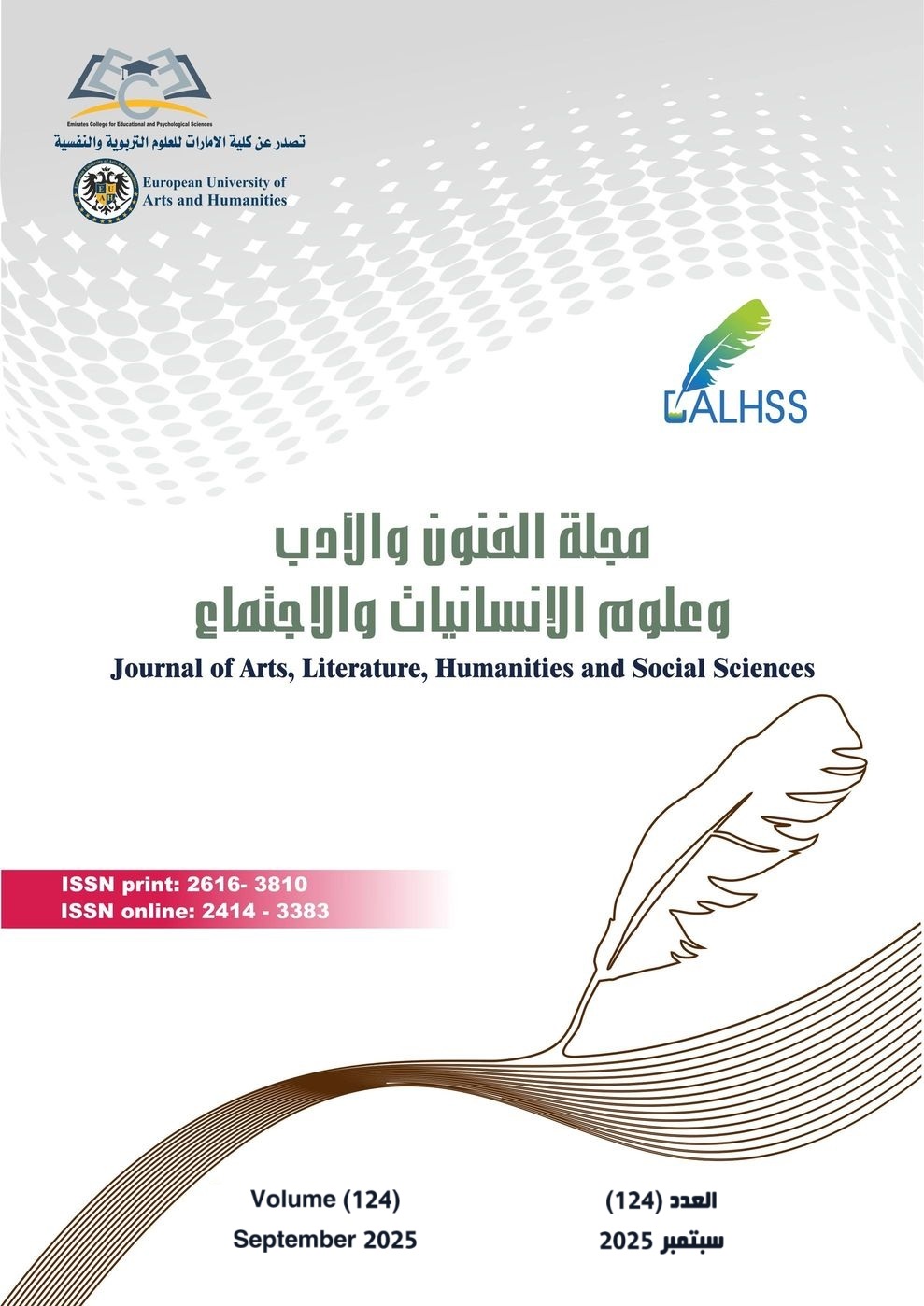استشراف مستقبل إنتاج الزيتون الفلسطيني في ظل التغيرات المناخية العالمية
الملخص
تهدف هذه الدراسة إلى استشراف مستقبل إنتاج الزيتون الفلسطيني في ظل التغيرات المناخية العالمية، من خلال تحليل البيانات المناخية والإنتاجية للفترة (2014–2024) وربطها بالظروف البيئية والسياسية الخاصة بفلسطين. أظهرت النتائج أن الإنتاج شهد تذبذبات حادة، حيث بلغ ذروته في موسم 2019 بإنتاج (177,611 طنًا) من الزيتون، بينما تراجع بشكل غير مسبوق في موسم 2021 إلى (30,276 طنًا)، وهو ما يعكس الأثر المباشر للجفاف وارتفاع درجات الحرارة. بين تحليل الارتباط أن الأمطار ترتبط بعلاقة موجبة قوية مع الإنتاج (r = 0.87)، في حين أن الحرارة ترتبط بعلاقة سالبة قوية (r = -0.85). كما أظهر تحليل الانحدار أن نحو (77%) من التغير في الإنتاج يمكن تفسيره بالعوامل المناخية، إذ يؤدي كل ارتفاع بمقدار (1°م) في الحرارة إلى انخفاض يقارب (9,834 طنًا) من الإنتاج. وتشير الإسقاطات المستقبلية حتى عام 2050 إلى أن الإنتاج قد ينخفض إلى (61,000 طنًا) فقط في حال استمرار السيناريو المناخي المتشدد، ما يهدد الأمن الغذائي والدخل الزراعي لعشرات آلاف الأسر. وانتهت الدراسة إلى تقديم مجموعة من التوصيات التي تجمع بين الحلول الزراعية العلمية والبعد السياسي في ظل واقع الاحتلال الإسرائيلي.
المراجع
2. بشارات، مؤيد. (2025). واقع موسم الزيتون في الضفة الغربية في ظل حرب الإبادة. ورقة سياسات. مؤسسة الدراسات الفلسطينية.
3. الجهاز المركزي للإحصاء الفلسطيني. (2022). التعداد الزراعي العام 2021. رام الله: الجهاز المركزي للإحصاء الفلسطيني.
4. مركز الميدان (2022). في قطاع غزة أيضًا.. بساتين الزيتون تأثرت بالتغير المناخي. مركز الميدان.
5. Daas, Y., Hallaq, S., Kashiwagi, K., & Ogawa, K. (2025). Rising Temperatures, Falling Yields: The Effect of Climate Shocks on Olive Oil Production in Palestine (Working Paper No. 1089). Levy Economics Institute.
6. Daas, Y., Hallaq, S., Kashiwagi, K., & Ogawa, K. (2025). Rising temperatures, falling yields: The effect of climate shocks on olive oil production in Palestine. Levy Economics Institute.
7. Fraga, H. (2020). Mediterranean olive orchards under climate change: A review of future impacts and adaptation strategies. Agronomy, 11(1), 56.
8. IPCC. (2022). Climate Change 2022: Impacts, adaptation and vulnerability. Intergovernmental Panel on Climate Change.
9. Loumou, A., & Giourga, C. (2020). Olive groves: “The life and identity of the Mediterranean.” Agriculture and Human Values, 37(3), 543–556.
10. Nisi, R., Trombetta, M. F., Gucci, R., & Servili, M. (2021). Climate change and olive oil quality: A review. Foods, 10(4), 1–15.
11. Salameh, A. A. M., Gámiz-Fortis, S. R., Castro-Díez, Y., Abu Hammad, A., & Esteban-Parra, M. J. (2024). Spatio temporal analysis for extreme temperature indices over the Levant region. arXiv.
الحقوق الفكرية (c) 2025 عصام محمد عبد القادر قاسم

هذا العمل مرخص حسب الرخصة Creative Commons Attribution-ShareAlike 4.0 International License.



